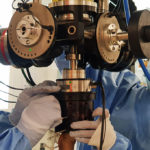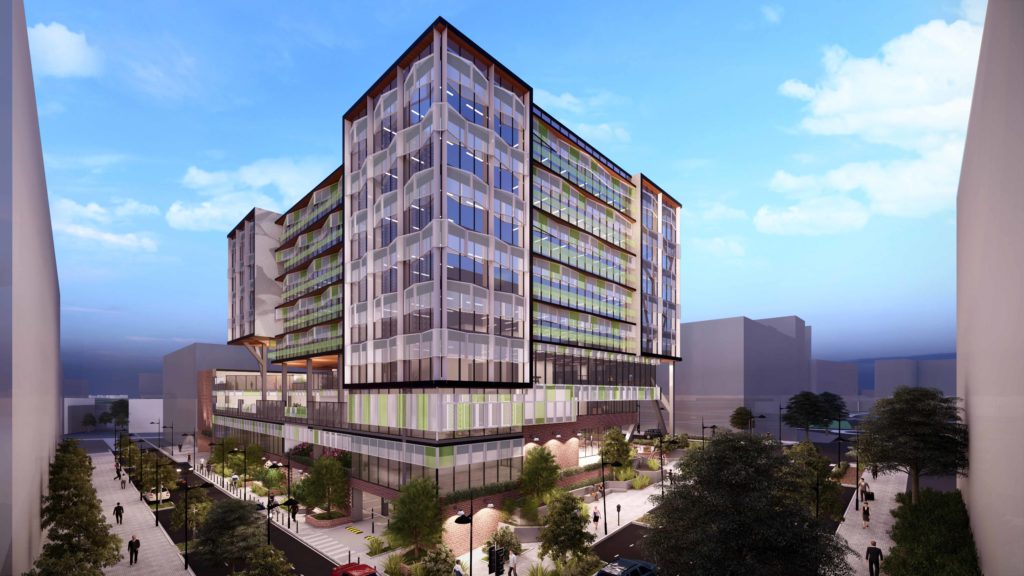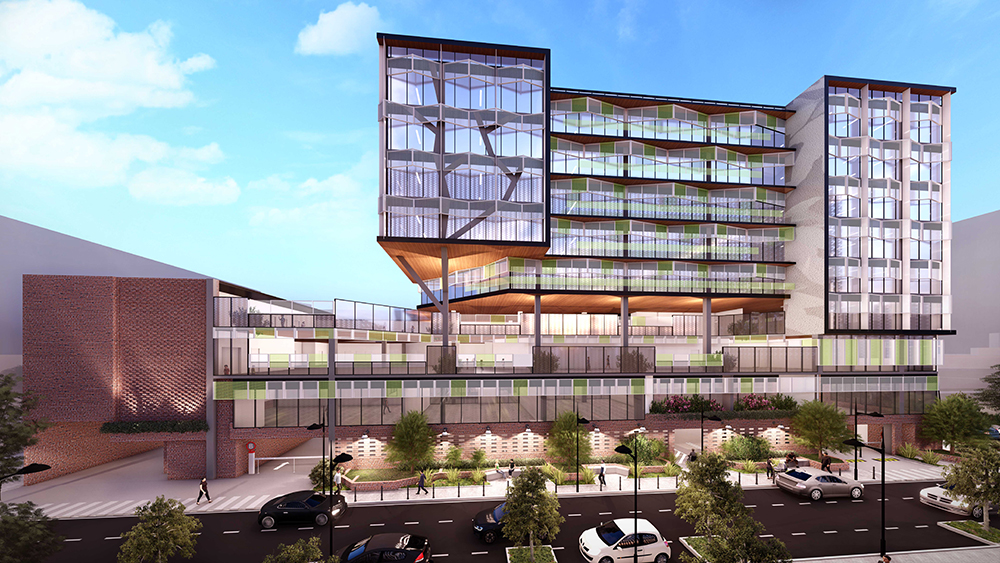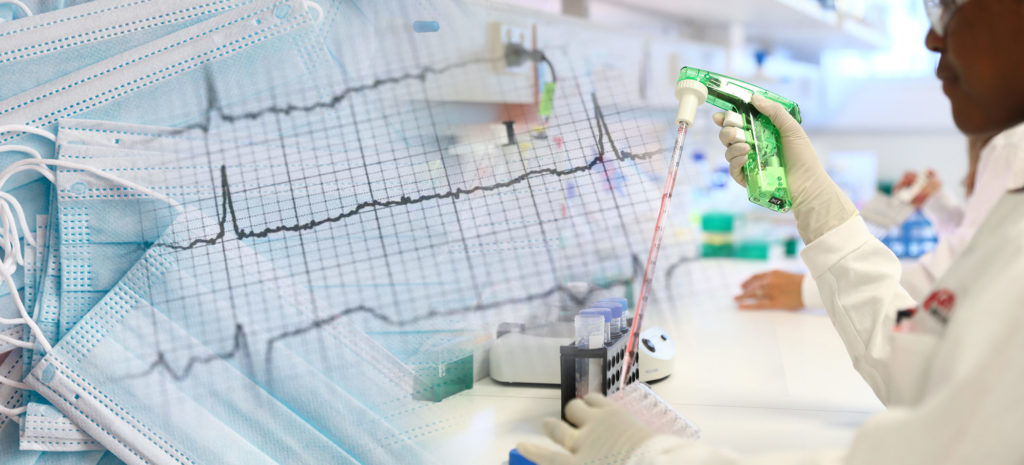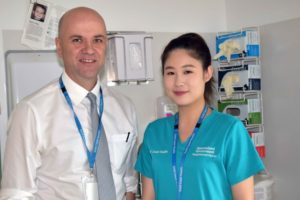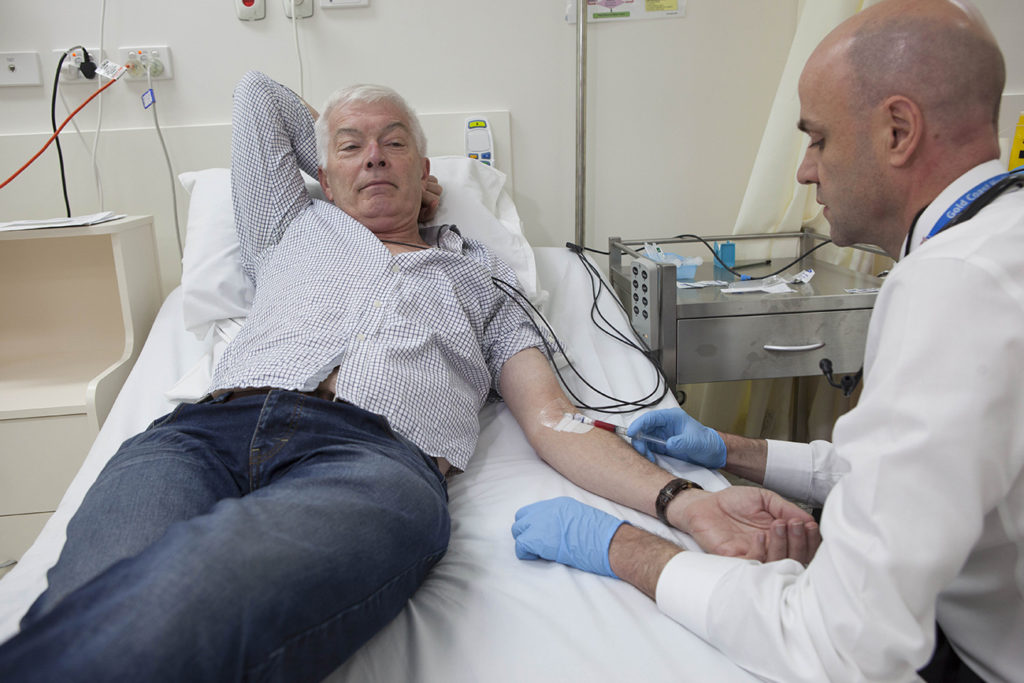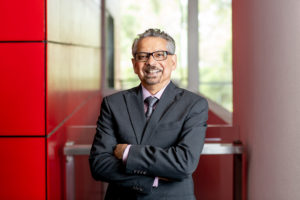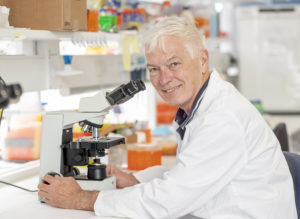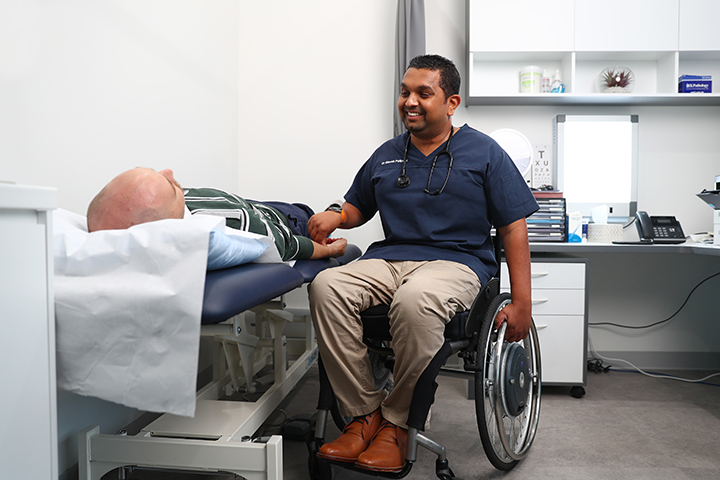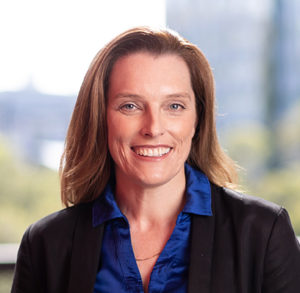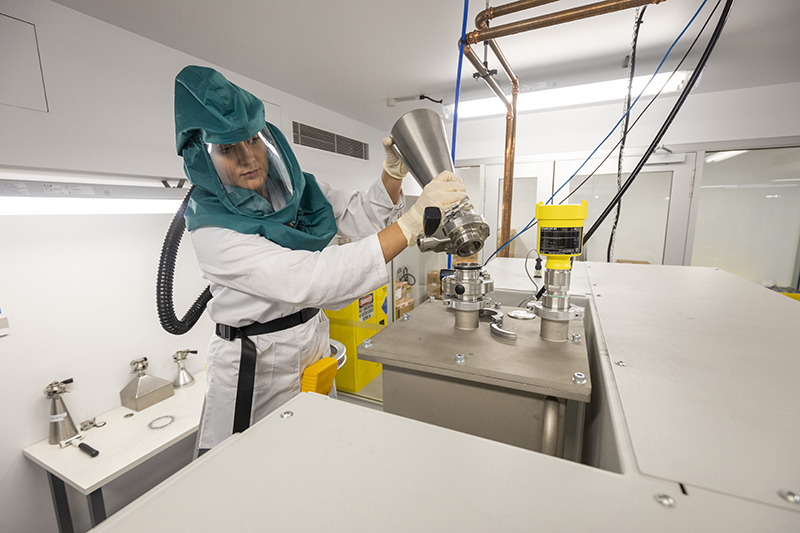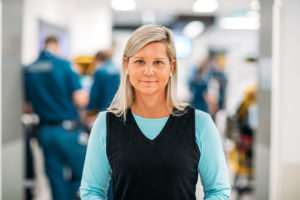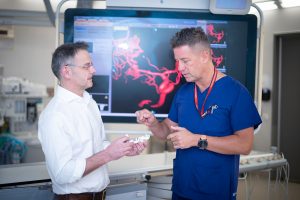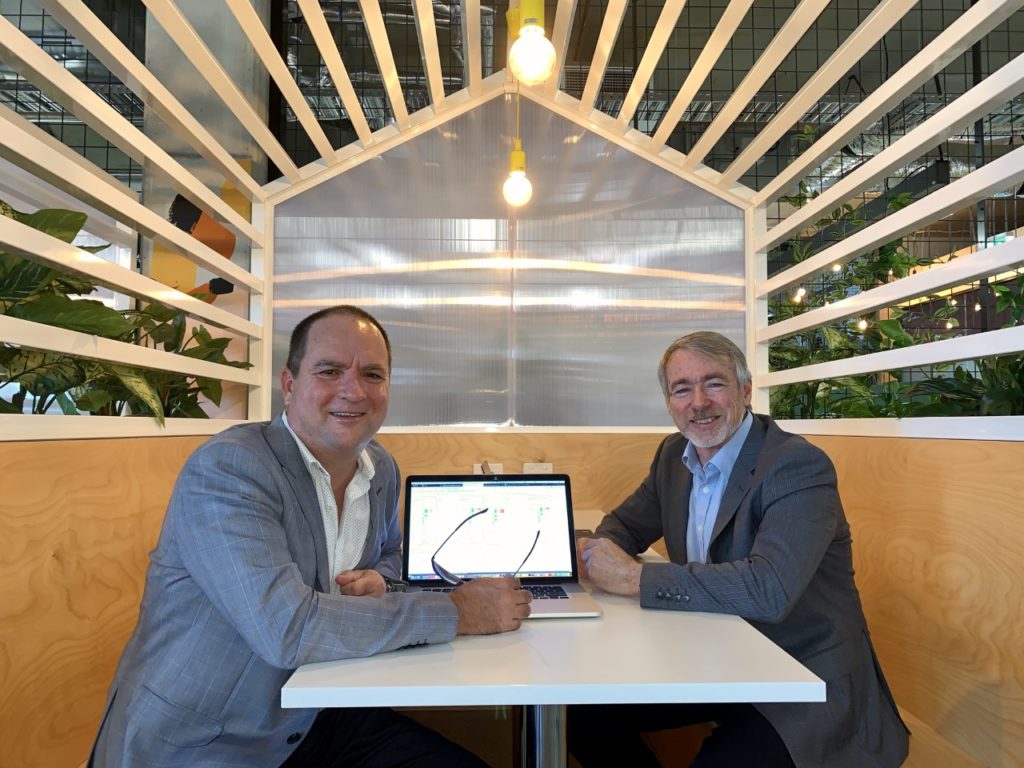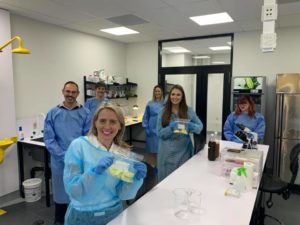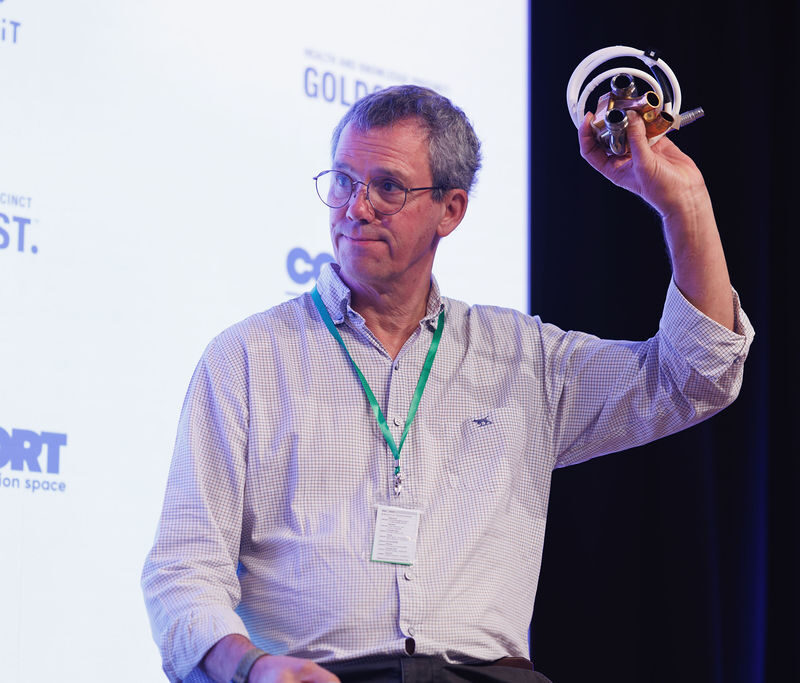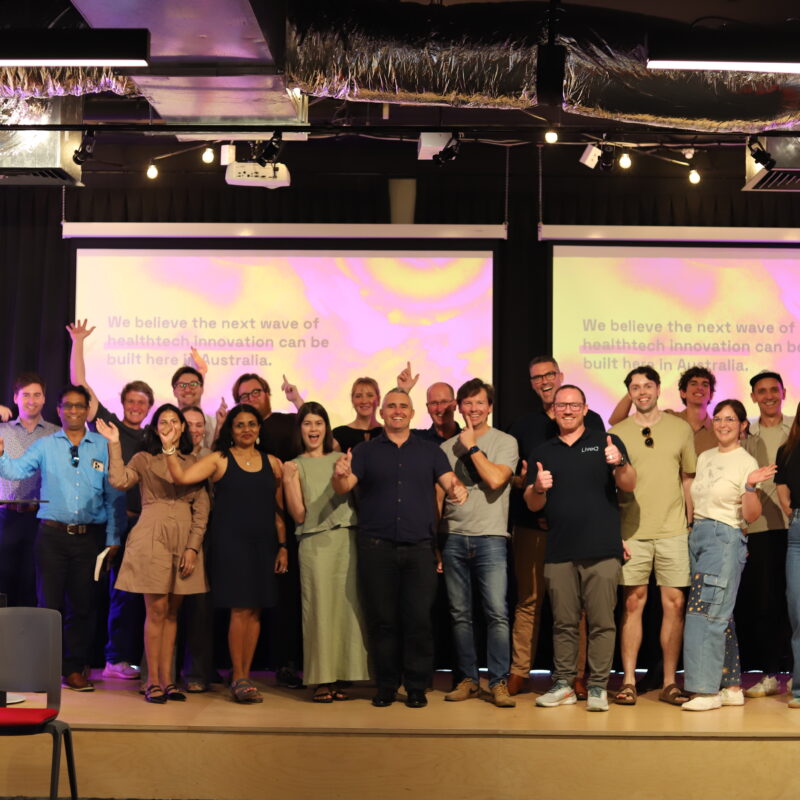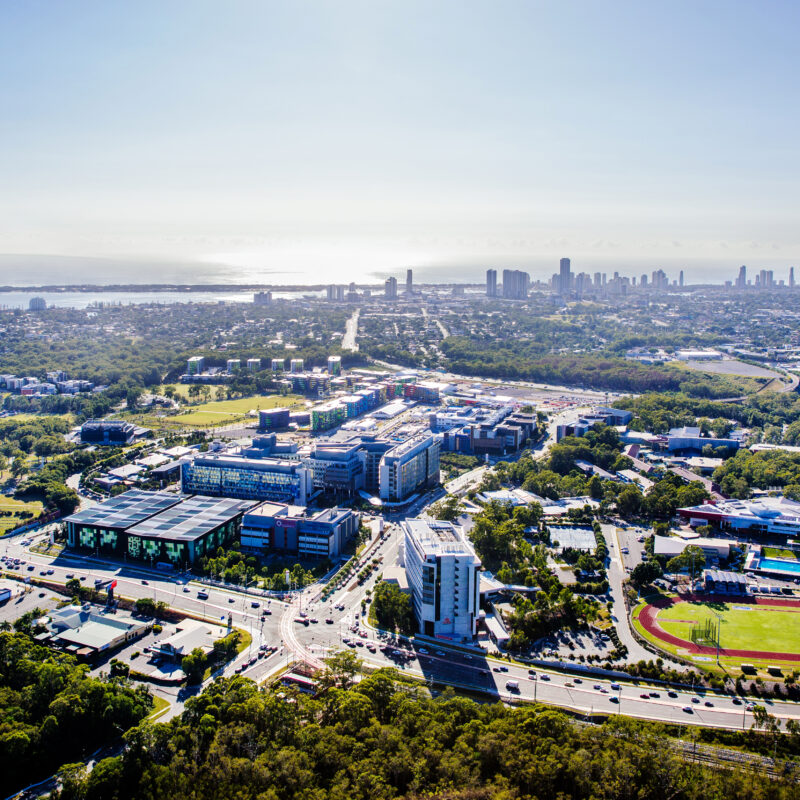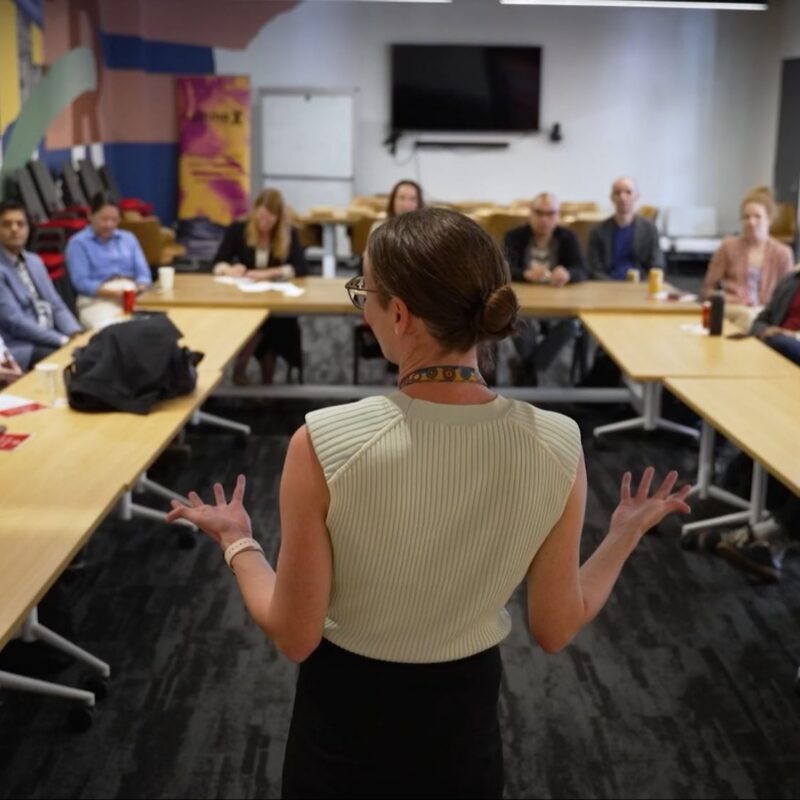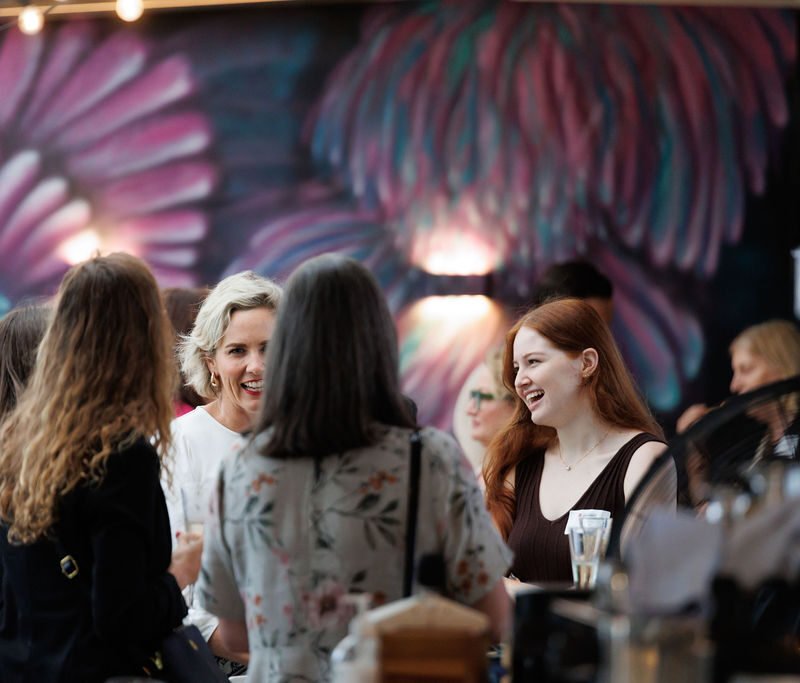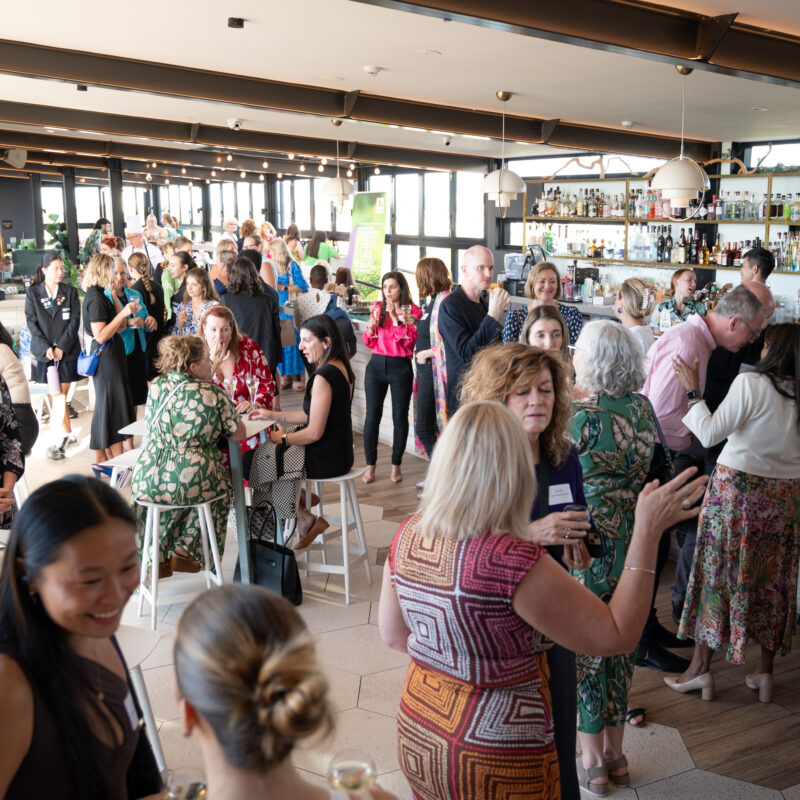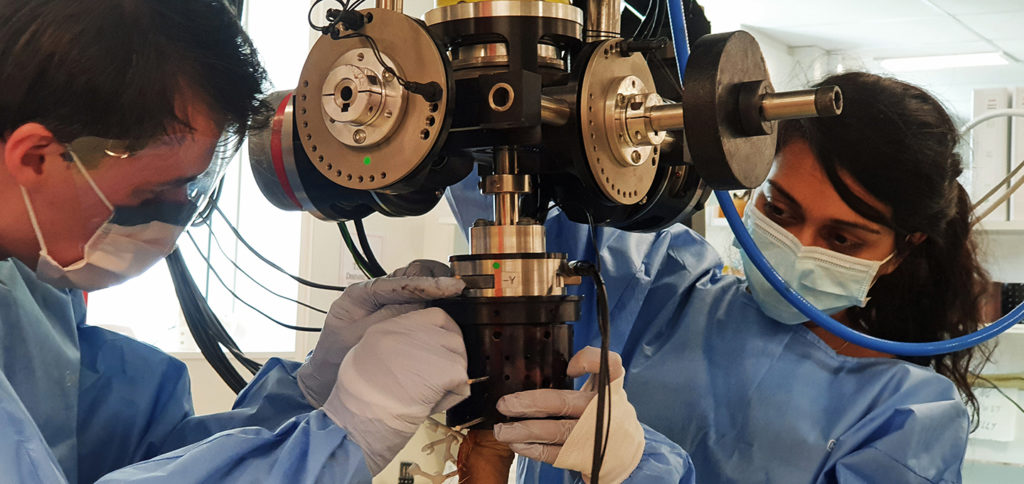
New artificial wrist ligament technology offers the promise of not only repairing the most common wrist injury in young, active people, but providing a platform technology that will transform how sports injuries are treated.
With renowned surgeon Professor Randy Bindra from Gold Coast University Hospital leading a multi-disciplinary team in the Griffith Centre of Biomedical and Rehabilitation Engineering (GCORE), progress is heading towards human trials within two years.
The project, funded by an almost $900,000 BioMedTech Horizons program grant from the Australian Government, is using groundbreaking bioengineering and 3D printing technology to create hope for sufferers of Scapholunate Interosseous Ligament (SLIL) injury.
SLIL injuries cause dislocation of scaphoid and lunate bones and can be career-ending for an athlete and result in long-term disability for others, with current treatments that improvise to use tendon in place of ligament having a poor prognosis. Long-term pain, limitation of movement and arthritis are often the eventual outcome.
“What we are trying to create is a ligament scaffold that is customised to the patient and is seeded with cells, so its a live ligament that is ready to grow and heal,” explains Professor Bindra.
If we can perfect the science and make this a reliable platform starting off in the wrist, we could use it anywhere else where there’s a ligament injury.”
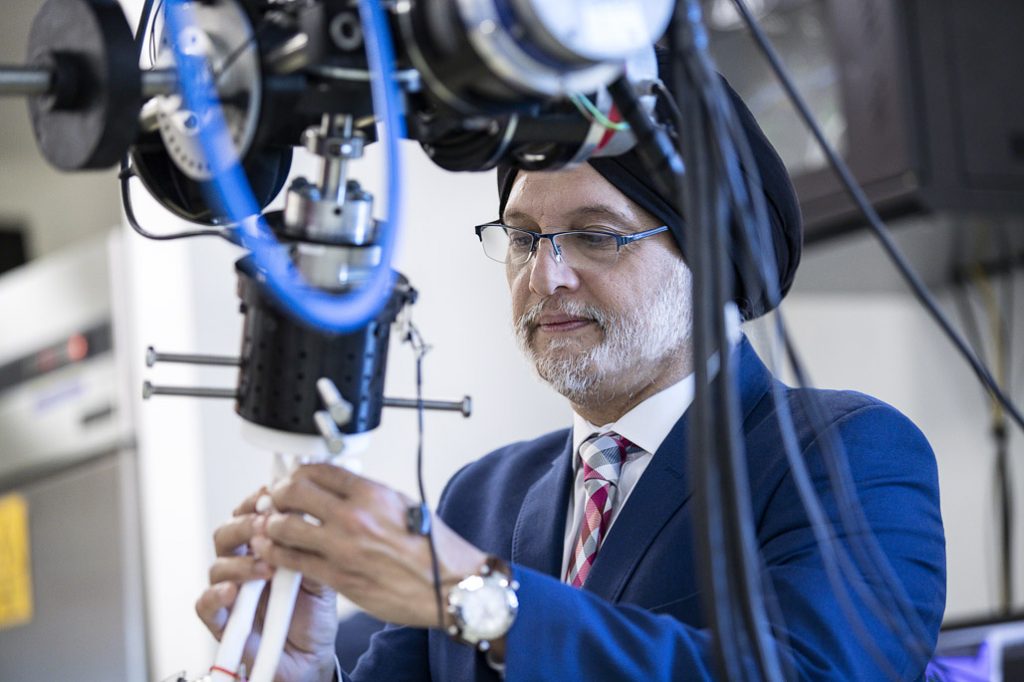
Since commencing the pioneering project in 2018, the unique 3D printed bone-ligament-bone scaffold has undergone several design improvements based on finite element modelling to create an implant optimised in size and strength for clinical use. Using MR imaging, the team have created a digital twin for printing a personalised scaffold for implantation in a real size model.
In the final stage, the scaffold is then implanted in a cadaver model using custom drilling jigs and the construct is mounted in a robotic tester for endurance testing.
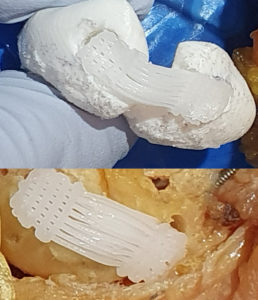
The team is working with world-leading regenerative medicine company Orthocell, utlising their Cellgro technology to seed the printed scaffold with human cells, which will effectively enable the implanted ligament to regrow inside the patient.
“It is wonderful to see this project mature from a design idea to the real possibility of use in surgery – this could only be possible at GCORE, where a diverse team of engineers, designers, material experts and surgeons come together with the goal of solving clinical problems and enhancing patient lives,” Professor Bindra says.
